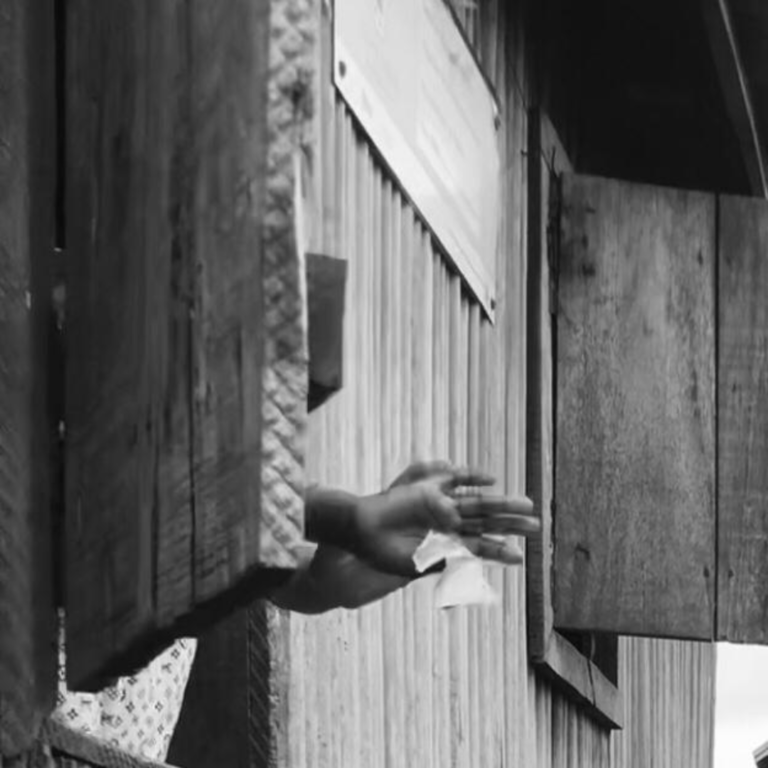Last week, we discussed how one spark of defiance from a Northern Sarkin (or king) ignited a full-blown war between Northern Nigeria and the British Empire in 1900.
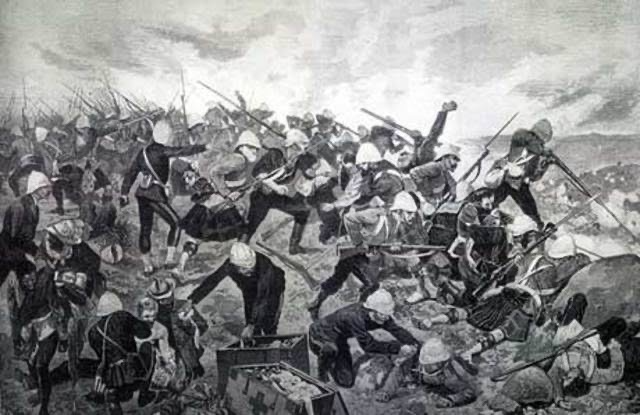
The Battle of Kano [Wikiwand]
If you didn’t read this piece, let’s break it down with a quick refresher:
The Recap
- The British Empire declared Northern Nigeria a protectorate in 1900 but had no territorial control. They needed to gain power over the region due to the fear of European rivals outsmarting them and to gain the local leaders’
fearrespect. - To do this, they called upon Frederick Dealtry Lugard, who grew from a British soldier to High Commissioner for Northern Nigeria in 1900.
- After the official proclamation, he sent a memo to the Sarkin Muslmi, or King of the Sokoto Caliphate, to which there was no reply. This led to a rampage from Lugard to depose various emirates in the Caliphate.
But today, we look at two kingdoms — Bida and Yola emirates.
The 1897 Fall of Bida Empire
Pre-colonial Bida: A Greedy and Bloodthirsty Government
Before the end of Bida in 1901, the emirate was the most populous out of five emirates (Agaie, Lapai, Lafiagi and Shonga) under the supervision of a Gwandu. Its regions stretched from present-day Niger State in Nupeland to Akoko in Ondo State.
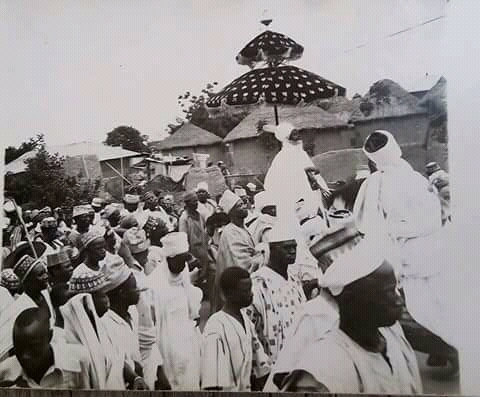
Procession of Etsu chiefs with bodyguards [Nupe Base]
They had the best tax and tributes collection record and traded–mostly slaves, firearms and ammunition–heavily with British and other European merchants in the early 19th century, which helped them raid villages and take other territories. This made them highly unpopular in the region, with many rebellions. Most notable is the Kyadya Rebellion of 1881-82.

Kyadya rebellion of 1881 [Don Steve Blog]
The Emir of Bida also replaced mini-state systems with a centralised system of government (much like Nigeria’s democracy today), which helped them to stay in control of all taxes and tributes.
The Obaro Chieftaincy of Owe was upgraded to the paramount chief of all communities in North-East Yorubaland, which allowed him to implement Bida policies and collect tributes for delivery to Bida, which non-Owe and even Owe clans disliked.
In 1895, the Bida terror reached an all-time high when the Emir decided not only to request money but now tributes in the form of young girls and boys to the Bida Empire. The Bida regions protested but to no avail.
With dissatisfaction amongst the tribes, Lugard’s advent in 1900 allowed them to express their concerns.
How an unexpected alliance led to the fall of Bida
Remember Bida’s trade with British merchants? This partnership is what eventually led to its downfall.
By 1897, Bida traded with the French and Germans. But by 1897, the British (through the Royal Niger Company (RNC) decided they wanted a monopoly, which the leaders at Bida found as over-ambitious. This led to the first war between Bida and the RNC in 1897, which the RNC didn’t win.
However, they helped one of Bida’s most resourceful regions gain independence – Kabba. Mutiny grew around the region, with subjects rallying behind a self-exiled Kyadya prince, Yahaya Marike, towards allying with the RNC to end Bida’s reign.
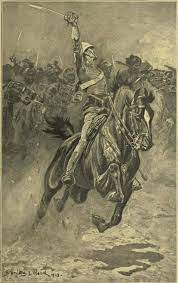
‘The Battle of Bida’ [Ndagi Abdullahi/RuokoTv/Facebook]
Under the Prince’s instructions, Kyadya inhabitants refused to ferry the Bida army across their territory in the River Niger area, forcing them to take a more difficult route which demoralised soldiers, leading to deaths and desertion. This weakened the Bida.
When this happened, Bida called out to the nearby Lapai and Agaie for aid, to no avail. Even the Yissahzi tribe that lived in the Bida township refused to give them additional troops.
With this cooperation, the Marike-led government, alongside the RNC, attacked Bida. By the time the RNC and Marike’s army had reached the walls, Bida didn’t even know that Yissahzi and Kyadya were not on their side.

The Red Walls of Bida [Nomad4Now]
Bida’s downfall pushed regional power to the Patigi tribe, which revived all traditional Nupe offices. Lugard would later take Bida from the RNC, but the empire was already buried..
The 1902 Fall of Yola Empire
“I’ll not be two-faced”
By the latter part of 1901, the British Army had deposed emirates: Bida, Ilorin, Kontagora, Lapai — and Yola was next on the hit list.

“A Hausa from Yola” c. 1902 [Wikipedia]
Adamawa aristocracy, debated their options: fall under British rule or resist them. This aristocracy comprised Lamido (King), Zubairu bin Adama on one side, Hamman Joda (the Qadi), Bobbo Ahmadu (the Lamido’s younger brother) and Yerima Iyabeno (the Lamido’s nephew) on the other.

In the end, Lamido-Zubairu’s team—arguing for resistance—won.
Their arguments had two principles:
- They did not want Europeans for dividing their empire (the Germans had taken over sub-emirate Tibati and were moving towards Ngoundere and Bamnyo);
- and strong respect for the Sokoto Caliphate and its vision.
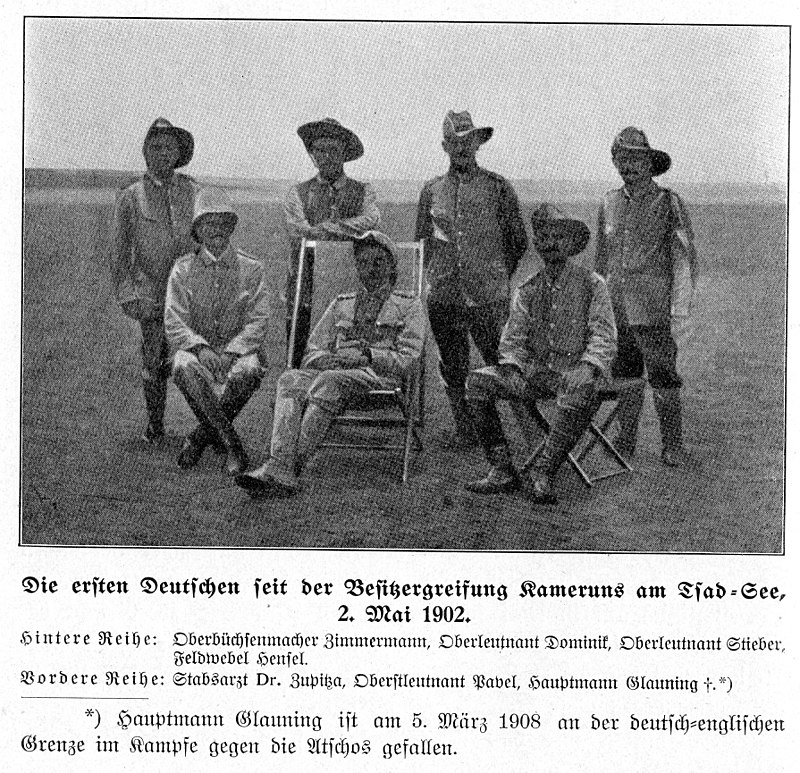
Hans Dominik, Oscar Zimmerman, Curt von Pavel and other German officers rest for a photo after reaching Lake Chad. (May 2, 1902) [Wikipedia]
This is why, in his letter to Sultan Abdurrahman of Sokoto announcing the fall of Yola to the British months later, Lamido Zubairu pledged:
“I will not be two-faced, on your side and on the side of the Christians too. My allegiance is to you, to God and the Prophet, and after you to the Imam Mahdi. There is no surrender to the unbeliever even after the fall of the strongholds.”
The British troops arrive
The British deployed 22 European officers and NCOs and 365 mercenaries, 275-mm guns and 4 Maxim guns, led by Colonel T.N.L. Morland, for the occupation of Yola on September 2, 1901.
They travelled using steamboats on Lake Njuwa and were anchored near a baobab tree locally called Bokki Hampeto. Colonel Morland sent a Shuwa Arab resident of Yola to send a letter to the Lamido containing their terms. The messenger returned three minutes later with the message that Lamido Zubayru refused to receive the letter.
Upon receiving this message, Morland moved his troops closer to the town and then sent his messenger once again to the Lamido with the threat that if his letter were refused again, he would take steps to compel him to open it. Before the return of his message, people riding on horses came out of the town to block the British.
Zubaryu retaliates
The messenger emerges, yet again, failing to deliver the letter to Lamido Zubairu as he was sent back and told by Lamido to warn Morland to retreat. More horsemen streamed out of the town to confront Morland and his forces. Morland calculated that it would be to their advantage to allow the people of Yola to attack first in the open. He felt it was much better than fighting in the narrow streets of Yola. He waited for the first attack from 10 a.m. to 1 p.m. “after much shouting and exhorting from their mallams”.
The First Attack
Despite the starting battle, Morland ordered his men to “reserve our fire till the leaders were within 200 yards” before he ordered the maxim guns to be fired. After this attack, Morland’s forces went on the offensive. They advanced through the town till they reached the Lamido’s palace and Friday mosque, which were heavily defended. An arrow wounded Morland himself, but they persevered and defeated their adversaries.
Morland lost two men with 37 wounded, while the Yola forces lost 50 with 150 wounded.
The Second Attack
The morning after, the British forces blew up the palace’s visitors’ chambers and other “important-looking buildings” in Yola. Morland also heard rumours that Lamido Zubayru fled to Gurin, forty miles east of Yola.

The Capture of Yola, Benue, Northern Nigeria on September 2 by the Western African Frontier Force [Caton Woodville]
The Pursuit of Zubaryu
Acting Commissioner Wallace, with Colonel Morland, pursued Lamido to Gurin by steamboat. Eight European officers, NCOs, 150 mercenaries, and 2 Maxim guns accompanied them.
After travelling on the river Benue, Faro and Heso for 26 hours, they arrived in Gurin only to be told that Emir was not there. They turned back towards Yola without any encounter.
However, they learned that Zubaryu was in Ribadu, fourteen miles behind them. Wallace turned back to Yola to appoint a new “Lamido” while Morland and his forces marched towards Ribadu only to find out Lamido Zubayru had also not been there. Morland spent the night in Ribadu.
On the morning of September 7, Colonel Morland shelled the town of Ribadu before returning to Yola.
What happened to Zubaryu?
The Lamido managed to escape capture for months. First of all, he hid in the “German parts” of Adamawa, including Adumri, Manoa and Madagali. He then revisited “British Adamawa” in October 1902 after taking refuge at Gudu for three months. The British caught him, but he escaped.
The Lala (a tribe from Bornu State) later killed him in 1902, before knowing his identity.
Check out this weekly time machine same time next week to read the final edition of this series, “The Fall of Kano.”

